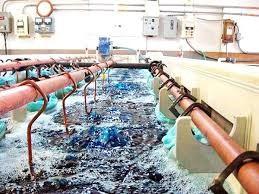Activated carbon is used in the storage of methane and hydrogen gases, air filtration, solvent recovery, caffeine removal, gold filtration, metal extraction, water filtration, medicine, wastewater treatment, air filters in gas masks, filters in compressed air, teeth whitening, hydrochloric acid production, and many other applications.
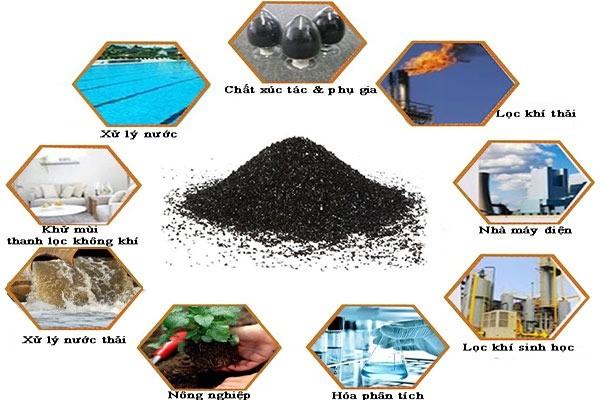
1. Industrial Application: Plating
One major industrial application is the treatment of final metals. It is widely used in the refinement of electroplating solutions. For example, it is a key technique for removing organic impurities from bright tin plating solutions. Many organic compounds are added to plating solutions to improve adhesion and enhance properties such as brightness, smoothness, and flexibility. Direct current flow and electrochemical reactions of anode oxidation and cathode reduction generate unwanted decomposition products in the solution. Excessive generation of these products can harm plating quality and the physical properties of metals. Activated carbon treatment removes such impurities and restores plating performance to the desired level.
Activated carbon removes such impurities and restores plating performance to the desired level.
2. Medical Application
Activated carbon is used to treat poisons and overdoses via oral administration. Activated carbon tablets or capsules are used in many countries as an over-the-counter remedy for diarrhea, indigestion, and bloating. However, it is not effective for many types of poisoning from strong acids or bases, cyanide, iron, lithium, arsenic, methanol, ethanol, or ethylene glycol.
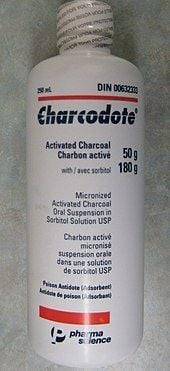
1. Activated carbon used in medicine
3. Analytical Chemistry Applications
Activated carbon, a 50/50 mixture by weight of diatomaceous earth and activated carbon, is used as a stationary phase in low-pressure gas chromatography for carbohydrates using alcoholic solutions (5-50%) as the mobile phase in calibration preparation and analysis.
4. Environmental Applications
Carbon adsorption has many applications in removing pollutants from air or water, such as:
Oil spill cleanup
Groundwater filtration
Drinking water filtration
Air purification
Retention of volatile organic impurities from paints, dry filtration, gasoline evaporation, and other processes.

5. In Water Filtration Systems, Activated Carbon at the Fourth Level (from bottom up)
During the early adoption of the Safe Drinking Water Act of 1974 in the US, the EPA developed a regulation proposing that drinking water treatment systems use granular activated carbon. However, due to the high cost, the regulation, known as the GAC law, faced strong opposition nationwide from the water supply industry, including the largest water plants in California, and was eventually repealed.
Activated carbon is also used to measure radon levels in the air.
In medicine (Carbo medicinalis – medicinal carbon): for detoxification and treating toxins after food poisoning...
In engineering, activated carbon is a component in air filtration (in cigarette filters, activated carbon pads in masks); deodorizing panels in refrigerators and air conditioners...
In water treatment (or household water filtration): for removing trace contaminants, disinfection, and odor removal...
Effective in preventing damage from ground radiation.
6. Agricultural Applications
Activated carbon (charcoal) is an approved substance for use by organic farmers in both livestock and brewing. In livestock, it is used as a pesticide, feed additive, processing aid, non-agricultural component, and disinfectant. In organic wine production, activated carbon is permitted as a processing agent to adsorb brown pigments from white grape concentrates. It is sometimes used as biochar.
7. Applications in Distilled Beverage Purification
Activated carbon (AC filter) can be used to filter vodka and whisky from organic impurities that may affect color, flavor, and odor. Passing impure organic vodka through an activated carbon filter at an appropriate flow rate will produce vodka with consistent alcohol content and significantly increased organic purity, as judged by taste and smell.
8. Applications in Fuel Storage
Research is underway to examine the storage capabilities of different activated carbons for natural gas and hydrogen. The porous material acts like a sponge for various gases. Gases are adsorbed onto the carbon material through Van der Waals forces. Some carbon atoms can achieve binding energies of 5–10 kJ per mole. The gas can then be desorbed at higher temperatures and burned for use or, in the case of hydrogen, extracted for use in hydrogen fuel cells. Storing gases in activated carbon is an attractive method because gases can be stored in low-pressure, low-volume, and low-weight environments, making it much more feasible than bulky pressure tanks in vehicles. The US Department of Energy has outlined specific goals for research and development of nanoporous carbon materials. While not all goals have been met, many organizations, including the ALL-CRAFT program, are continuing work in this promising field.
9. Applications in Air Filtration
Activated carbon filters are commonly used in air and gas filtration to remove oil vapors, odors, and other hydrocarbons from the air. The most common designs use a single-stage or two-stage filtration principle, where activated carbon is embedded within the filter medium. Activated carbon filters are used to capture radioactive gases in the air drawn from vacuum condensers of boiling water nuclear reactors. Large beds of carbon absorb these gases and retain them while they rapidly decay into non-radioactive solid forms. The solids are retained in the carbon particles while the air is filtered through.
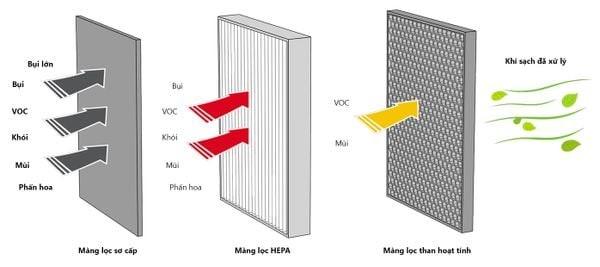
3. Activated carbon filter in air purifiers
10. Applications in Chemical Purification
Activated carbon is commonly used on a laboratory scale to purify solutions containing unwanted colored organic impurities. Filtration through activated carbon is also used in large-scale chemical and pharmaceutical processes for the same purpose. Carbon is mixed with the solution and then either filtered out or fixed in a filter.
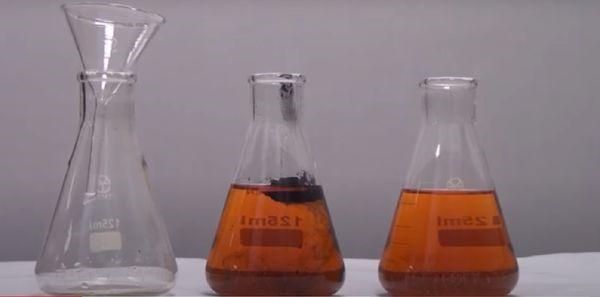
4. Determining Iodine Number in Chemistry
11. Applications in Mercury Filtration
Activated carbon, often impregnated with sulfur or iodine, is widely used to capture mercury emissions from coal-fired power plants, medical incinerators, and natural gas wells at the wellhead. This carbon is a special product costing more than US $4.00 per kg. Since it is often not recycled, activated carbon containing mercury poses a disposal dilemma. If the carbon contains less than 260 ppm of mercury, U.S. federal regulations allow it to be stabilized (e.g., encapsulated in concrete) for landfill disposal. However, waste containing more than 260 ppm is considered high-level mercury waste and is banned from landfill disposal. This material is currently accumulating in warehouses and abandoned deep mines at an estimated rate of about 100 tons per year. The problem of disposing of mercury-laden activated carbon is not unique to the U.S. In the Netherlands, most of this mercury is recovered, and the activated carbon is treated by complete combustion, forming carbon dioxide (CO2).

